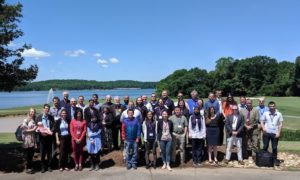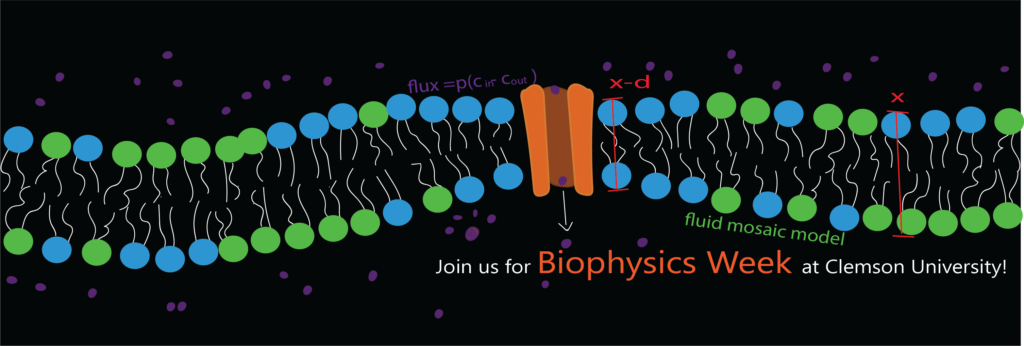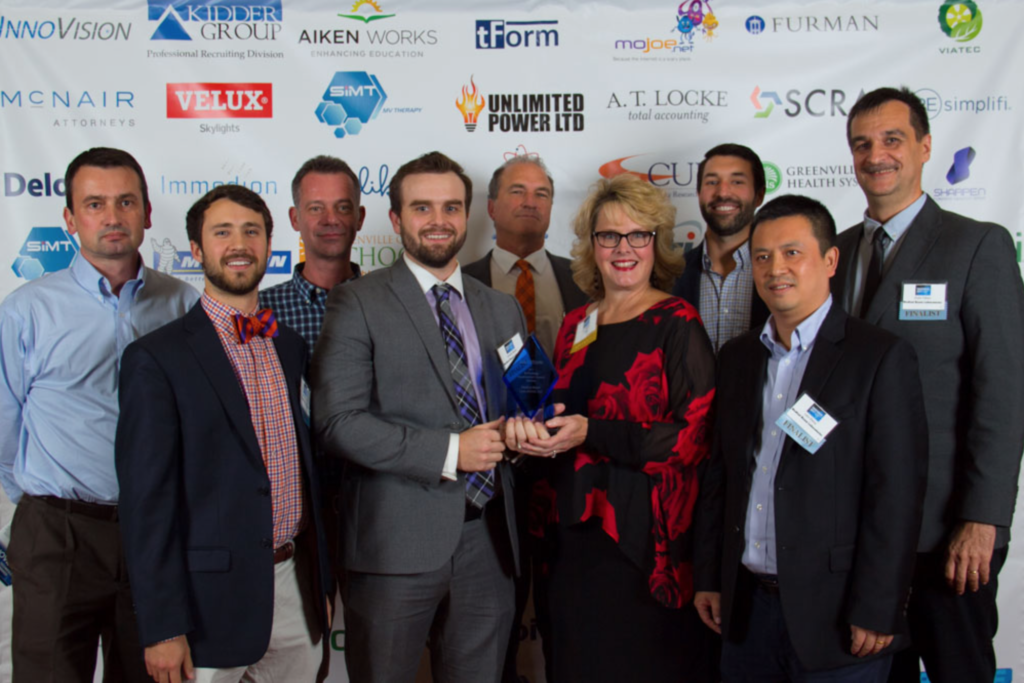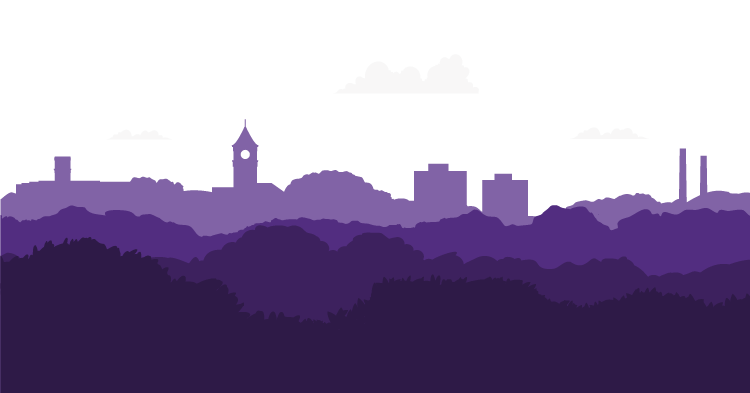
The Dept. of Physics and Astronomy hosted the latest meeting of the Southeastern Laboratory Astrophysics Community (SELAC) from May 13-16, 2019 at the Madren Conference Center. The meeting kicked off on Monday, May 13th with a graduate student symposium featuring graduate student presenters as well as panel discussions from faculty who discussed job and research opportunities in the field of laboratory astrophysics. The full SELAC meeting ran from Tuesday-Thursday and featured speakers from several of our Southeastern colleagues as well as from NIST-Gaithersburg, Los Alamos National Laboratory and the National Ignition Facility. Participants took time for a short outing into the South Carolina Botanical Gardens and the meeting closed with a vibrant discussion of future plans for the community to bring additional laboratory astrophysics opportunities to the Southeast.


